The neural mechanisms of the cerebral cortex responsible for motor control have been a focus of neuroscience research. Since the discovery of the motor cortex more than one hundred years ago, knowledge in the field is still shallow and many questions remain: does the motor cortex encode muscle activity or movement parameters, and how? To this day, the debate over the mechanisms of the motor cortex in controlling the movement of the body is still ongoing, with no consensus being reached.
Walking is the primary locomotive method of humans and one of the most common activities performed in daily life. Patients suffering from various neurological diseases including stroke, Parkinson's, and sclerosis often exhibit abnormal gaits from healthy individuals.
Brain-computer interfaces (BCI) have received extensive attention in recent years to help paralysis patients regain motor function, touch, and text input abilities (figures 1 and 2). Clinical BCIs require rigorous verification and validation (V&V) testing before they are tested on humans. Because of their similarities to humans, other nonhuman primates are widely used as an animal model for neurological research, including the verification and validation of BCIs.
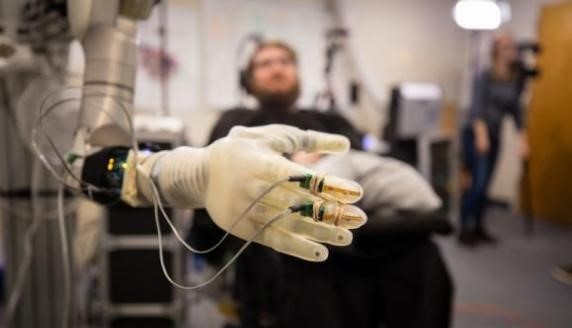
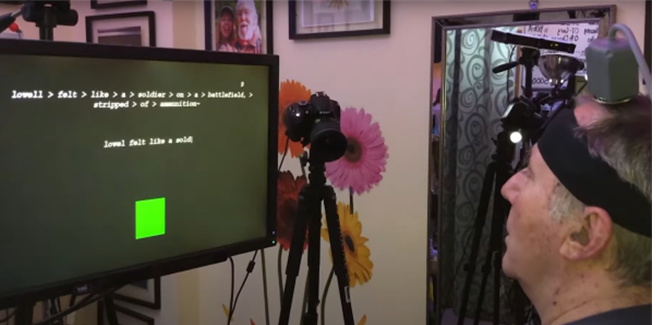
Figure 1. Brain-computer interface implant helps paralyzed patients.
Top: A patient controls a robotic arm.
Bottom: A patient inputs text through mental handwriting.
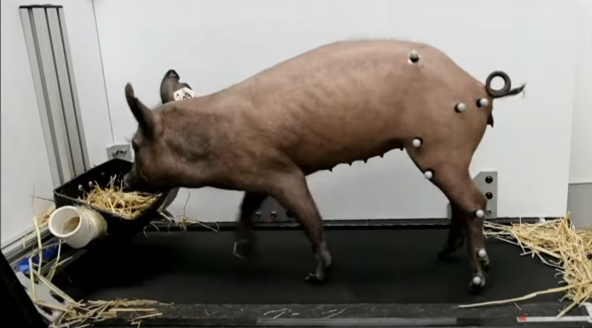
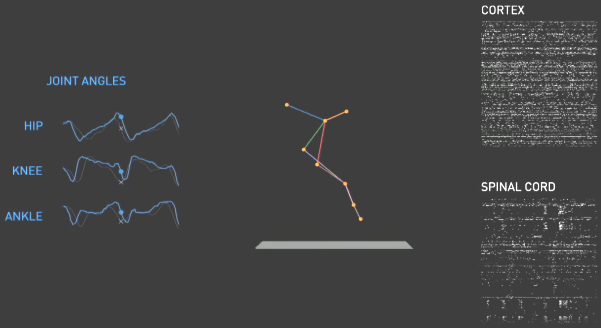
Figure 2. Elon Musk’s Neuralink conducting gait research.
Top: Motion-capture experiment on experimental pig with BCI implant.
Bottom: Kinematic data collected alongside cortical and spinal cord neural data.
Due to technical limitations, most animal BCI studies in the past relied on wired neural recorder systems to collect neurophysiological data. However, wireless neural recording systems for implantable BCIs in primates have made it possible to study the neurology of gait in rhesus monkeys, yet present many technical challenges including poor signal quality, data throughput, and transmission distance, as well as limitations on device size and power supplies that are yet to be resolved.
Additionally, a motion capture system with high special precision is instrumental to BCI and gait research. Current research mainly relies on motion capture systems based on image processing, which fails to deliver the precision required for accurate data collection.
Understanding the role of the motor cortex in motor control has been a major focus of research over the past decades. There are two main views regarding the neurology of motor control (Shenoy et al., 2013): some argue that the motor cortex encodes higher-order movement parameters, such as the ending positions of limbs; others argue that the motor cortex encodes specific muscle contractions to achieve the desired motion. During non-human primate (NHP) arm movement, a population of cortical neurons was found to be strongly associated with the direction of movement (Georgopoulos et al., 1986). Wessberg et al. (2000) supported these findings and used a population of cortical neurons to control a prosthetic limb. Since then, dozens of methods have been proposed to model the relationship between motor function and neural activity. Some examples include linear Wiener filters (Wessberg et al., 200; Carmena et al., 2003), principal component analysis (PCA) (Churchland et al., 2012), Kalman filtering (Wu et al., 2002; Li et al., 2009), and long short-term memory (LSTM) neural networks (Tseng et al., 2019; Glaser et al., 2020).
Even then, the movements required for walking differ greatly from simple arm movements. Studies have also found that the motor cortex controls walking and arm extensions differently (Xing et al., 2019). Drew (1988), by studying cats, found that neurons in the motor cortex control flexor muscles in quadruped walking. Another study on mice found that the output of the motor cortex differs significantly in treadmill walking than in reaching motions (Miri et al., 2017). Meanwhile, Yakovenko and Drew (2015) suggested that the motor cortex plays a similar role in stretching and walking movements. These conflicting conclusions suggest a gap in understanding the role of the motor cortex during walking, especially due to a lack of evidence from the non-human primate model.
As such, future BCI and gait research needs to acquire neural signals and kinematic signals simultaneously at high speeds and high precision to advance neurological research. The Brain-Computer Chip Neural Engineering team at Hainan University constructed a free-moving gait experiment on macaque monkeys. This experiment relied on NOKOV Mars 4H high-precision infrared motion capture system and a wireless BCI implant.
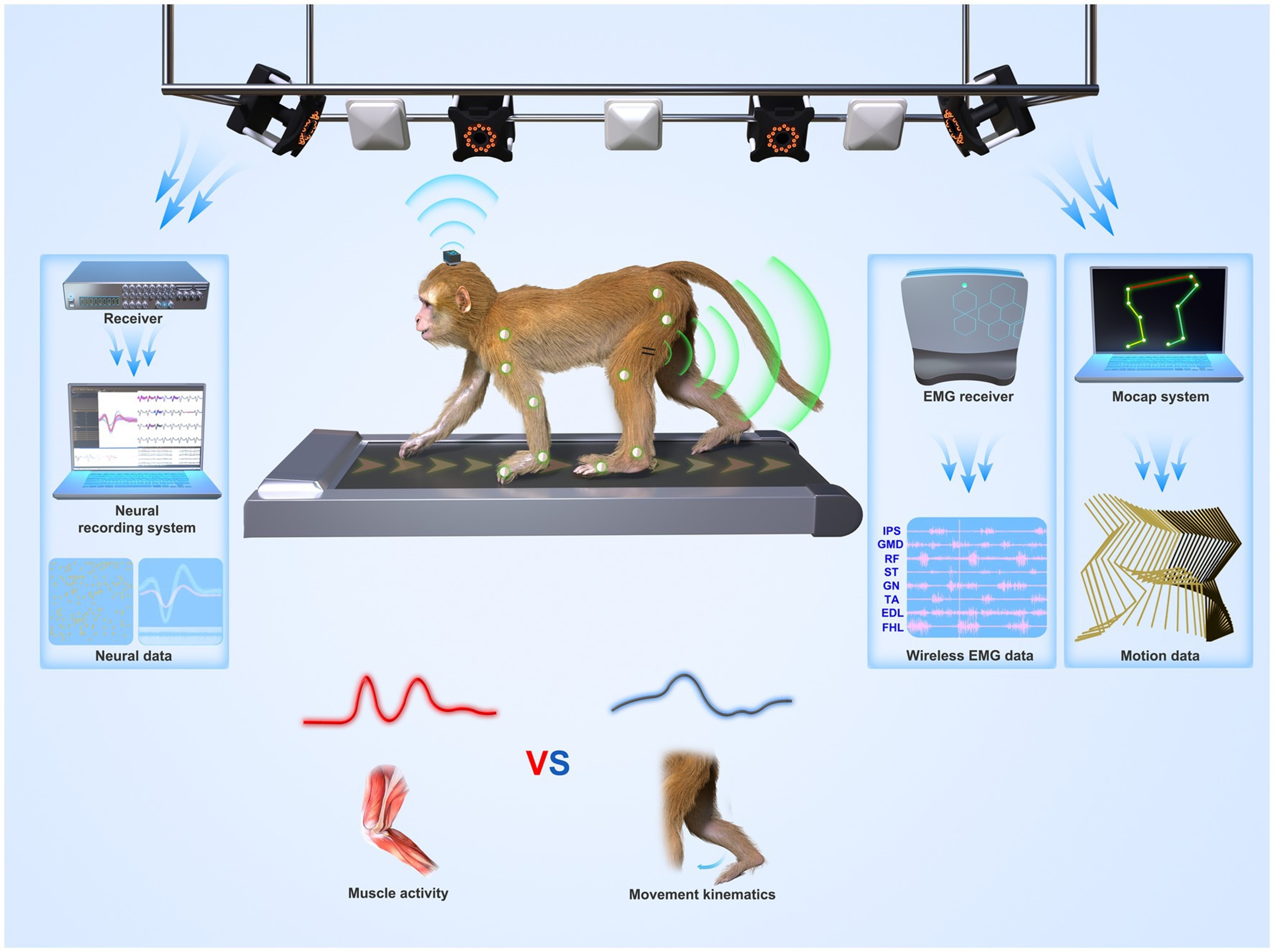
Figure 3. Free-moving macaque monkey gait experiment setup.
The free-moving macaque monkey gait experiment platform uses the NOKOV infrared motion capture system, a wireless neural recording system, a wireless myoelectric collection system, and a three-dimensional dynamometer treadmill. It simultaneously collects the signals from the cortical neurons, electromyography data, joint torque, and other kinematic parameters. This data may be the information encoded in the cortex that may be used to study gait regulation.
Bibliography: